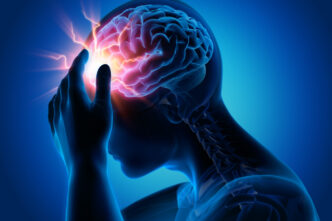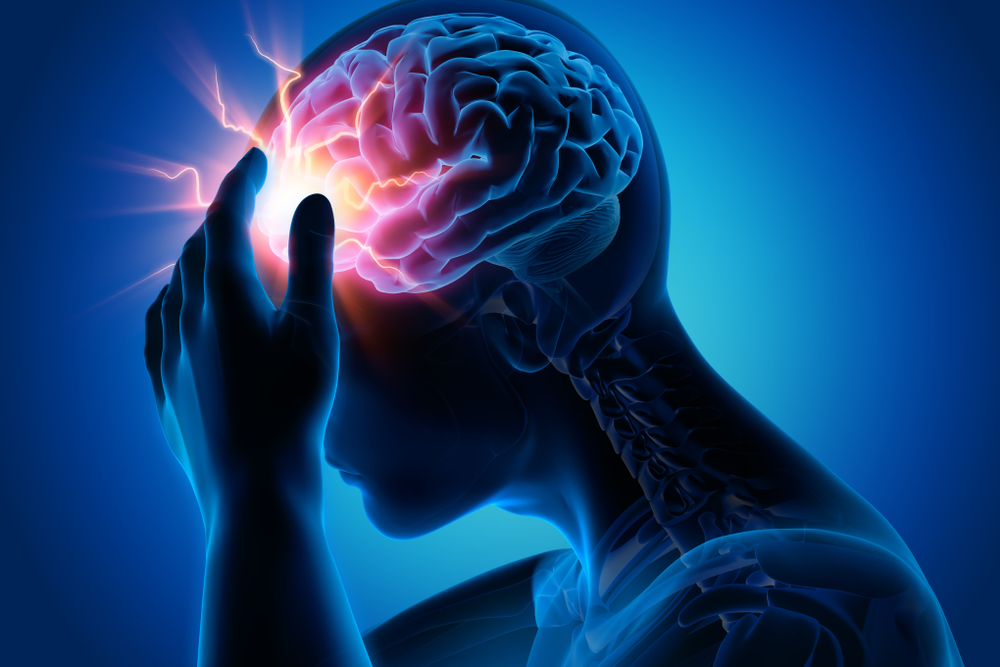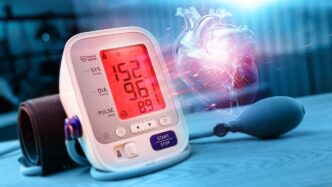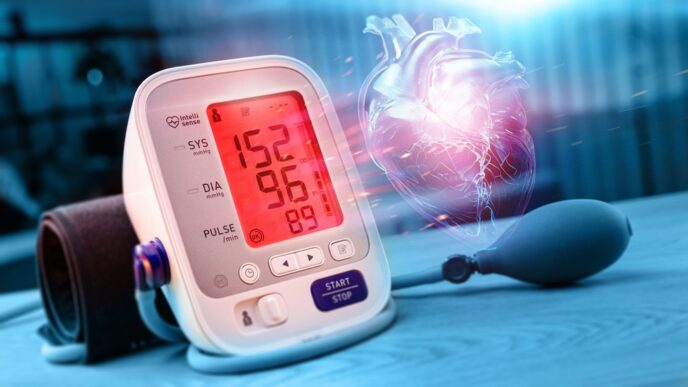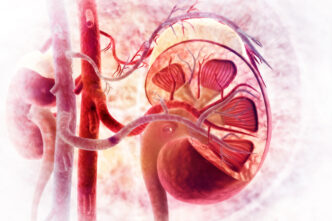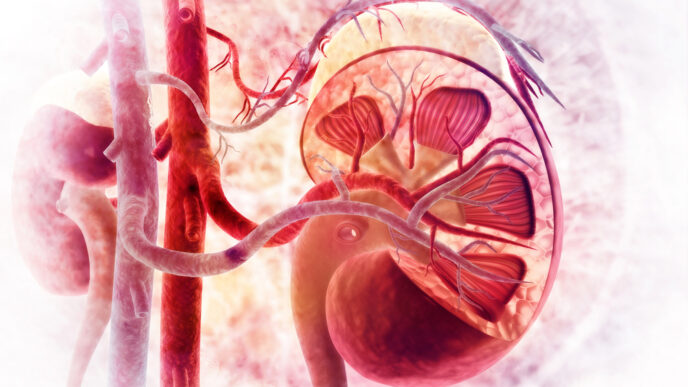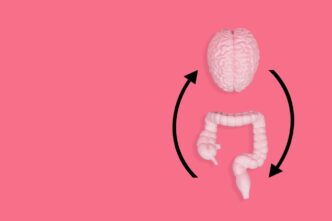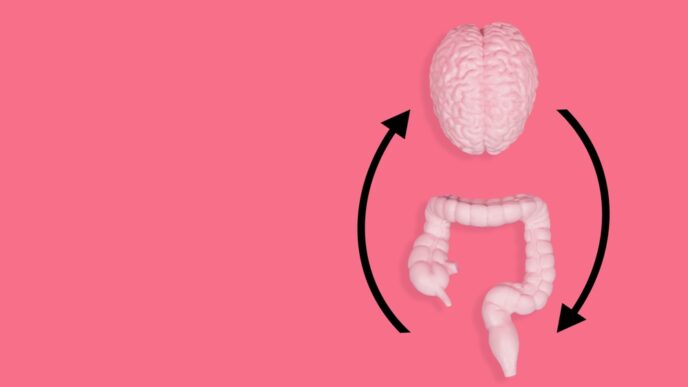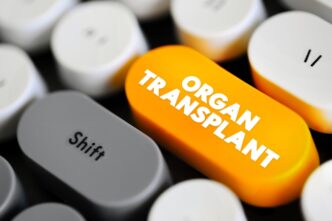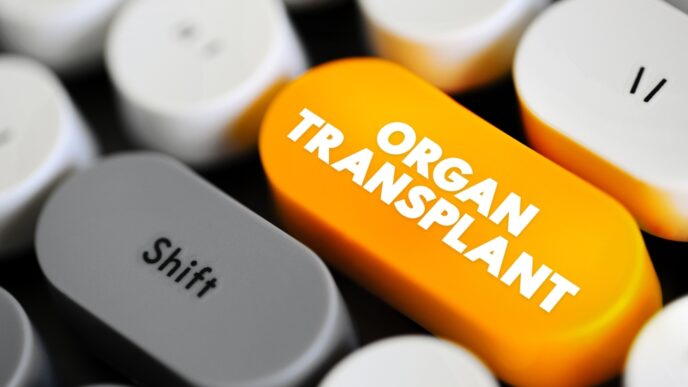Migraines can turn daily life into a painful obstacle course. Fear not, however! Consultant neurologist Dr Wong Sing Keat joins us to shed light on the facts and share vital tips for navigating life with migraines.
WORDS LIM TECK CHOON
 FEATURED EXPERT FEATURED EXPERTDR WONG SING KEAT Consultant Neurologist and Physician Sri Kota Specialist Medical Centre |
QUICK FACTS ABOUT MIGRAINE
“Migraine is a complex neurological condition that goes far beyond a simple headache,” Dr Wong Sing Keat tells us.
- Migraine is a type of headache disorder that affects up to 9% of adults.
- Characterized by intense, often throbbing pain, usually on one side of the head.
- The pain is due to stimulation of the trigeminovascular system, a network of nerves that supplies blood vessels in the brain.
- Migraine needs to be first diagnosed by a doctor before it is properly treated.
- Clinical diagnosis is based on specific criteria outlined in the guidelines called the International Classification of Headache Disorders (ICHD-3).
- There is no single test to diagnose migraine; instead, it is diagnosed based on a patient’s symptoms, physical examination, and the exclusion of other potential causes of headache.
MIGRAINE ATTACKS OFTEN PROGRESS THROUGH 4 DISTINCT PHASES
Note that not everyone with migraine will experience all 4 phases.
Phase 1: Prodrome
- Begins 24 to 48 hours before the actual headache
- Symptoms include:
- Mood swings
- Difficulties in concentrating
- Trouble sleeping
- Fatigue
- Nausea
- Increased hunger and thirst
- Frequent urination
Phase 2: Aura
- Only 20−25% of people with migraine will experience aura.
- Typically lasts from 5 to 60 minutes.
Experience fully reversible symptoms such as:- Muscle weakness
- Vision changes
- Ringing in your ears (tinnitus)
- Sensitivity to touch
- Numbness and tingling in your hands and feet
- Difficulties in speaking or concentrating
Phase 3: Headache
- Usually begins gradually, intensifies over several hours, and then slowly subsides.
- Often affects only one side of the head.
- Can be accompanied by nausea, vomiting, and sensitivity to touch, light, and sound.
- The pain may be worsened by physical activity or movement.
Phase 4: Postdrome
- Often referred to as migraine hangover.
- Can leave sufferers feeling drained, confused, and generally unwell for up to a day after the headache subsides.
COMMON MIGRAINE TRIGGERS
- Emotional and physical stress.
- Hormonal changes: Menstrual cycle, menopause, pregnancy.
- Sleep disturbances. Both too much and too little sleep can act as trigger.
- Diet. Common triggers are alcohol, caffeine, monosodium glutamate (MSG), nitrates.
- Environment: weather changes, bright lights, loud noises, strong smells.
- Medications, particularly those containing oestrogen.
- Physical factors: intense physical exertion, changes in altitude.
- Family history. Migraine is not inherited from parents, but family history can increase one’s risk for it.
| Contrary to some beliefs, excessive chewing or tooth-grinding will not cause one to develop migraine. |
WHAT TO DO WHEN YOU EXPERIENCE SYMPTOMS
- Take medications promptly. If you have been prescribed acute medication for migraines, take it as soon as you notice early symptoms to potentially prevent the migraine from progressing.
- Find a peaceful space. Rest in a dark, quiet room to reduce sensory stimulation.
- Stay hydrated and nourished. Drink water and eat a small snack if needed; dehydration and low blood sugar can worsen migraine symptoms.
- Relax and stay calm. Try deep breathing, meditation, taking a warm bath, etc
| Keep a migraine diary to track your symptoms and triggers, which can help in managing your condition more effectively. |
HOW TO DEAL WITH MIGRAINE
“While there is no permanent cure for migraine, various treatment options can help manage the condition effectively,” Dr Wong explains.
Over-the-Counter Pain Medications
These can be purchased from pharmacies without a doctor’s prescription.
Prescription Medications
A doctor’s prescription is needed to obtain these medications:
- Triptans, which constrict blood vessels and block pain pathways in the brain.
- Calcitonin gene-related peptide (CGRP) antagonists, which block the transmission of migraine pain.
Transcranial Magnetic Stimulation (TMS)
- TMS uses magnetic fields to stimulate specific areas of the brain.
- A device is placed against the scalp, delivering brief magnetic pulses that pass through the skull and into targeted brain regions.
- These pulses can help interrupt abnormal electrical activity associated with migraines, potentially stopping an attack in progress or preventing future ones.
- TMS is particularly useful for migraines with aura. It’s generally well-tolerated and have few side effects.
Botulinum Toxin (Botox)
Temporarily paralyze specific muscles
Supplements
- Magnesium
- Riboflavin (vitamin B2)
- Coenzyme Q10
Psychological Support
Consult a counsellor or psychologist on the following:
- Cognitive behavioural therapy
- Coping strategies
Lifestyle Modification
Consult a dietitian for diet help and a personal trainer for exercise tips
- Good sleep hygiene
- Balanced diet
- Regular physical activity
| This article is part of our series on issues that affect our nerves and other components of our nervous system such as our brain and spinal cord. |

